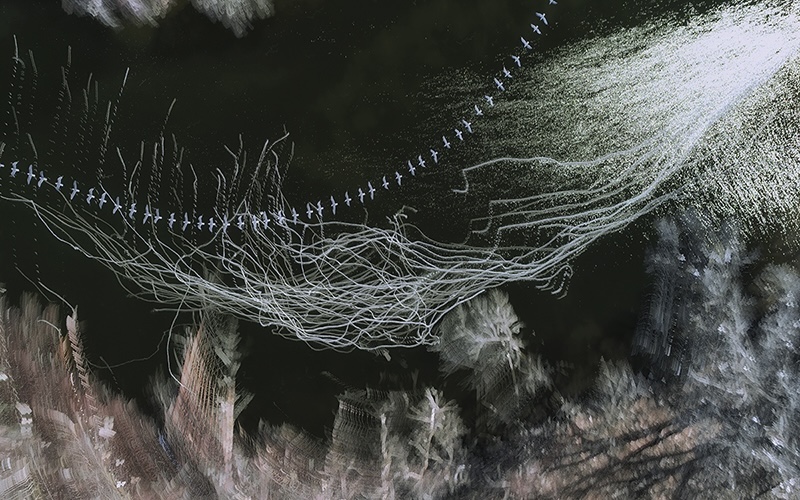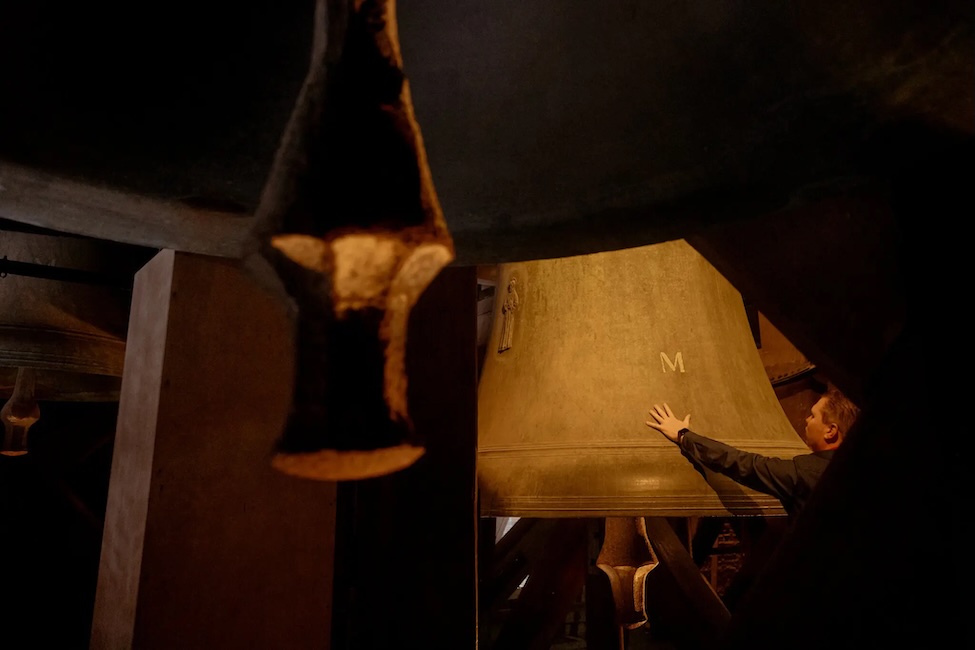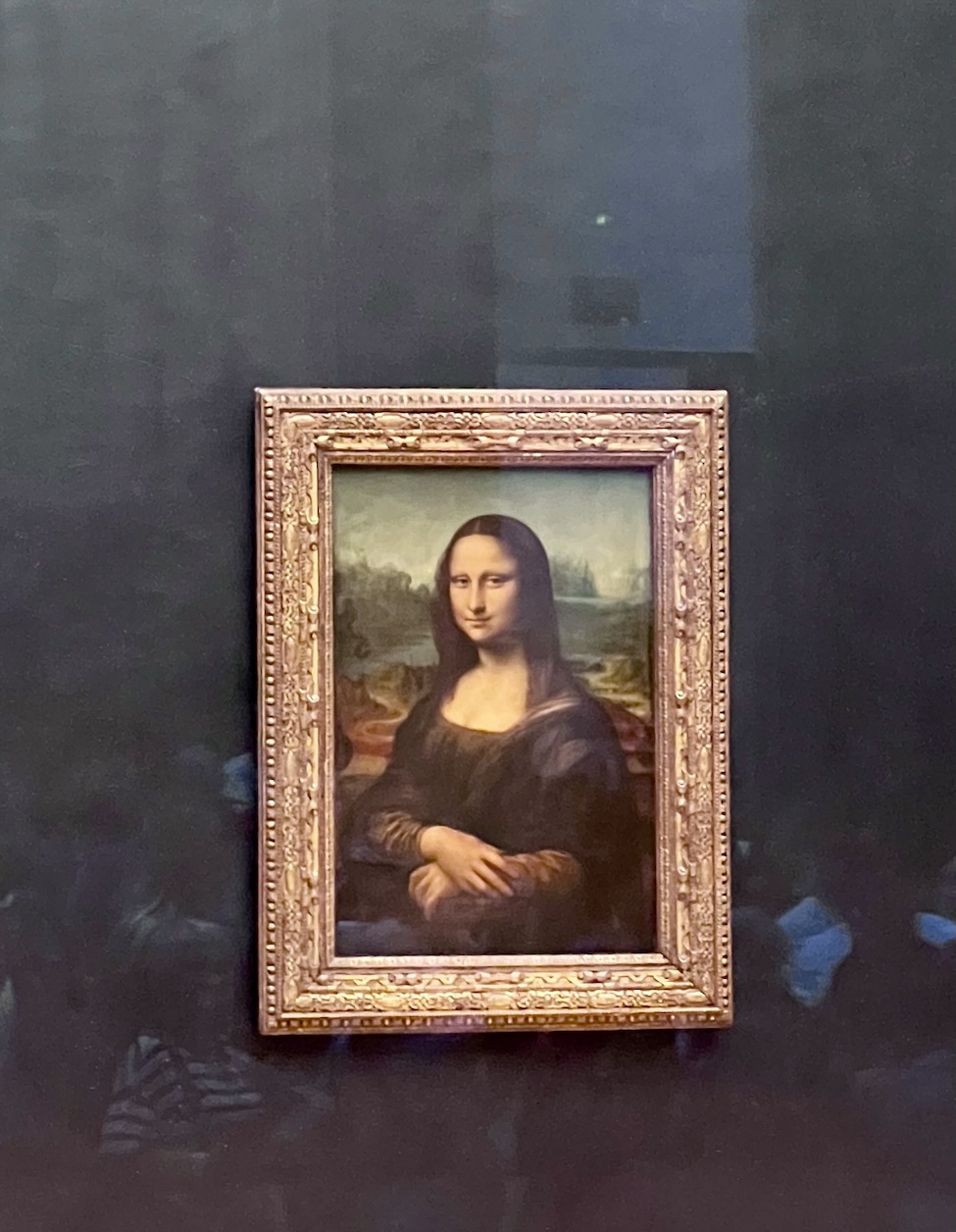New Exhibitions Start June 5 (Part I)

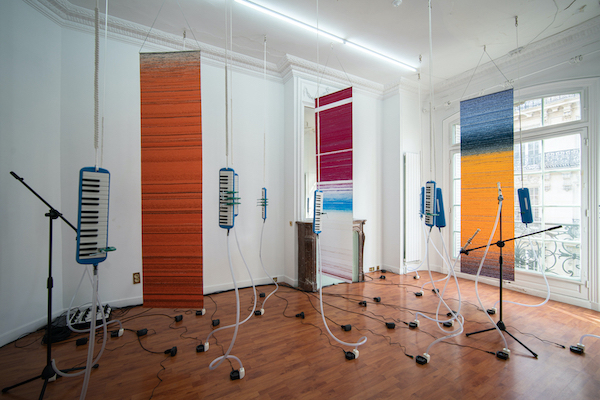
Begins June 5
DOCUMENT
The exhibition at the gallery will feature Beta, a site-specific installation that questions the standardized elementary education programs that have been implemented since Indonesia’s independence from Japanese occupation in 1945.
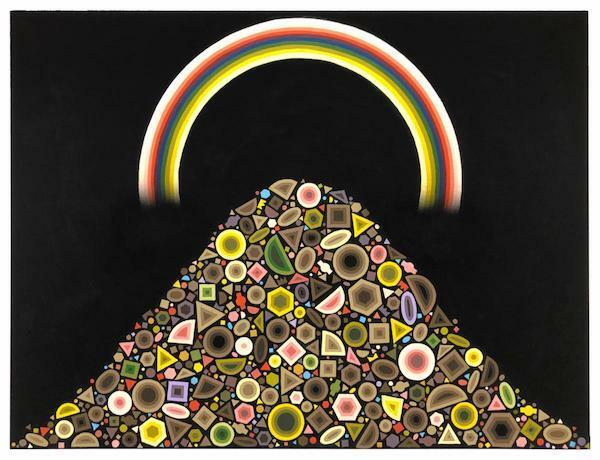
Begins June 5
Western Exhibitions
Edie Fake’s paintings start as self-portraits, and from there, they make a break for it, referencing elements of the trans and non-binary body through pattern, color and architectural metaphor. His precise, intimately scaled, gouache-and-ink paintings on panel are structured around the physical aspects of transition and adaptation as well as mental and sexual health.
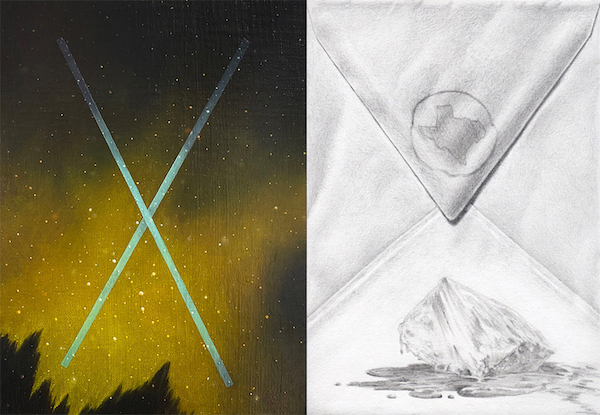
Field Studies: Steven Carrelli & Adam Fung
Opening: Saturday, June 5, 1 – 4 pm
Hofheimer Gallery
Field Studies is a drawing collaboration that began in 2011, when both artists lived in the Rogers Park neighborhood of Chicago, Illinois. Field Studies continues presently as a long-distance collaborative art project with Steven Carrelli residing in Chicago, Illinois and Adam Fung living in Fort Worth, Texas. With few exceptions, the drawings are the size of a postcard and executed in pencil on paper.
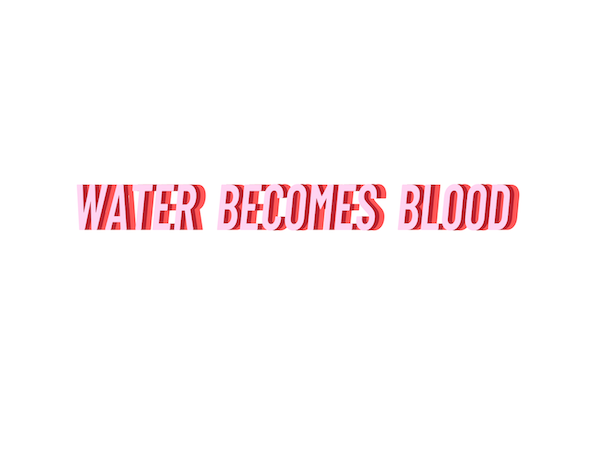
Gallery Reception: Water Becomes Blood
Opening: Saturday, June 5, 3 – 7 pm
Woman Made Gallery
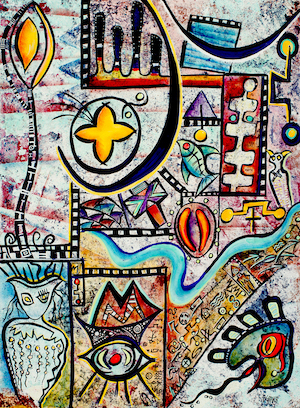
Dorothy Graden: Liminal Spaces
Begins June 5
Evanston Art Center
Dorothy Graden is a contemporary artist whose art is inspired by Ancient Visions, prehistoric art of the Americas. Her mission is to bring awareness of these amazing places and to promote preservation and protection of ancestral sites on this continent, most of which are considered sacred to Native Americans. For over 30 years she has been traveling through the American west to photograph and draw prehistoric rock art.
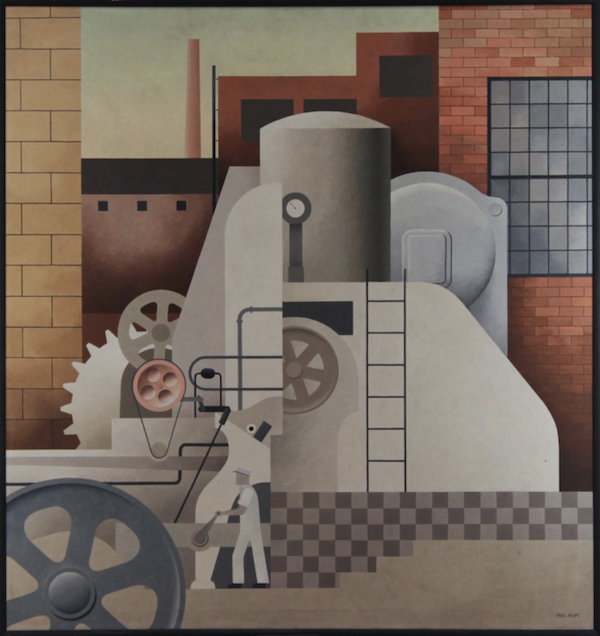
Modernist Strategies: Highlights from the WPA
Begins June 5
Krannert Art Museum, University of Illinois
From 1935 to 1943, the Works Progress Administration (WPA) sponsored the Federal Art Project, which employed as many as 10,000 artists during the Great Depression. In exchange for a modest weekly wage, artists produced paintings, sculptures, prints, and other works to be distributed to federal buildings and other public institutions. The University of Illinois received an extensive cache of works, which were transferred to Krannert Art Museum upon its founding in 1961.
